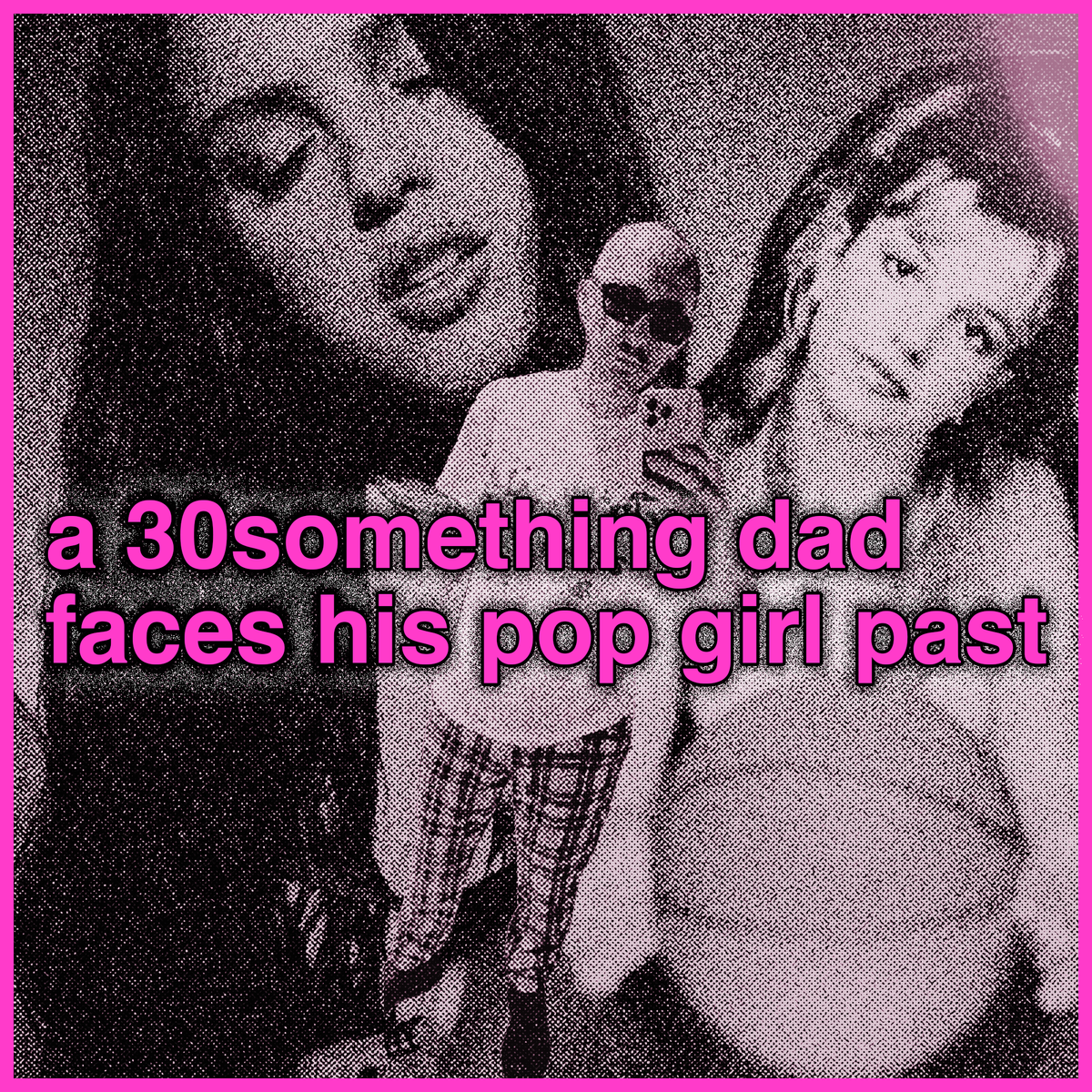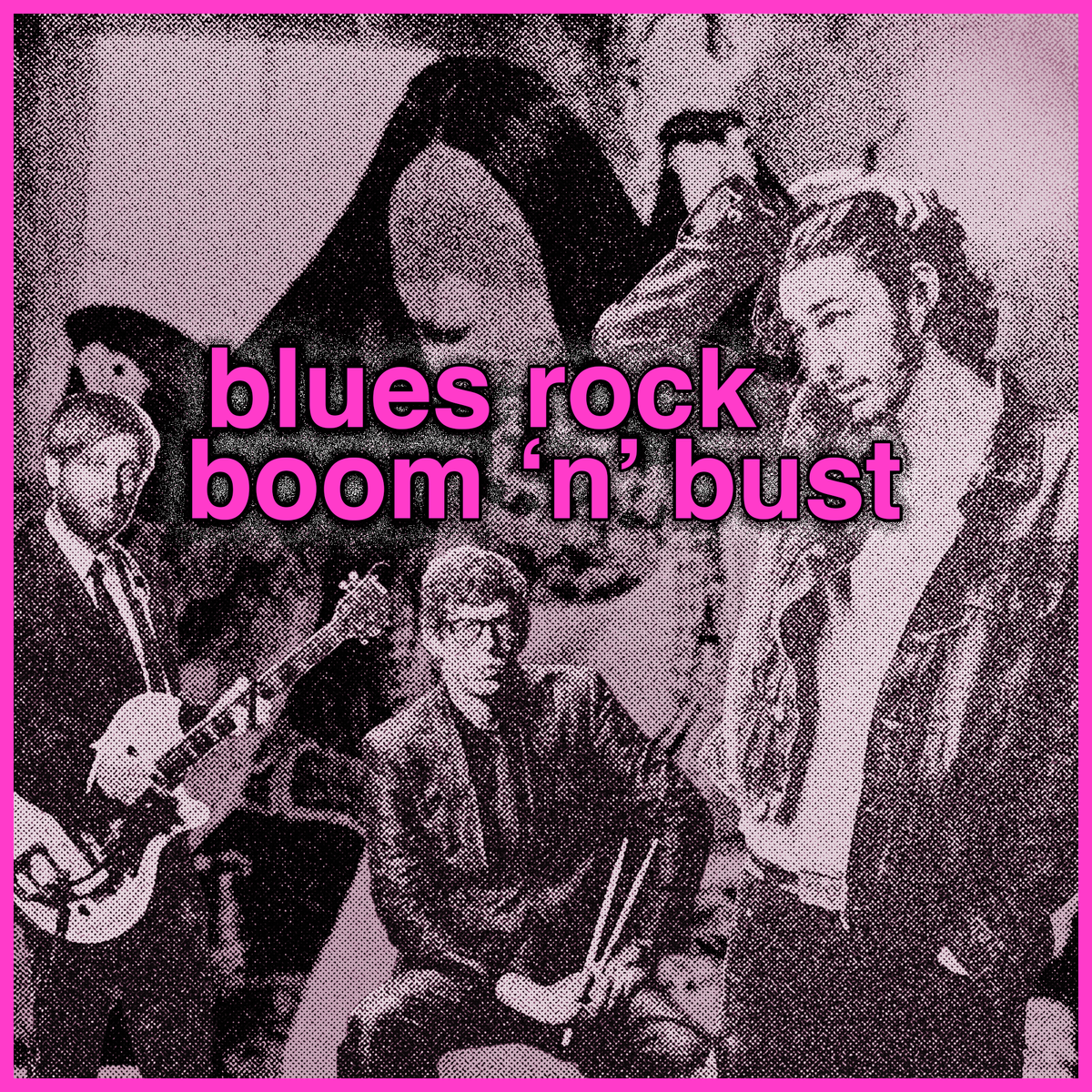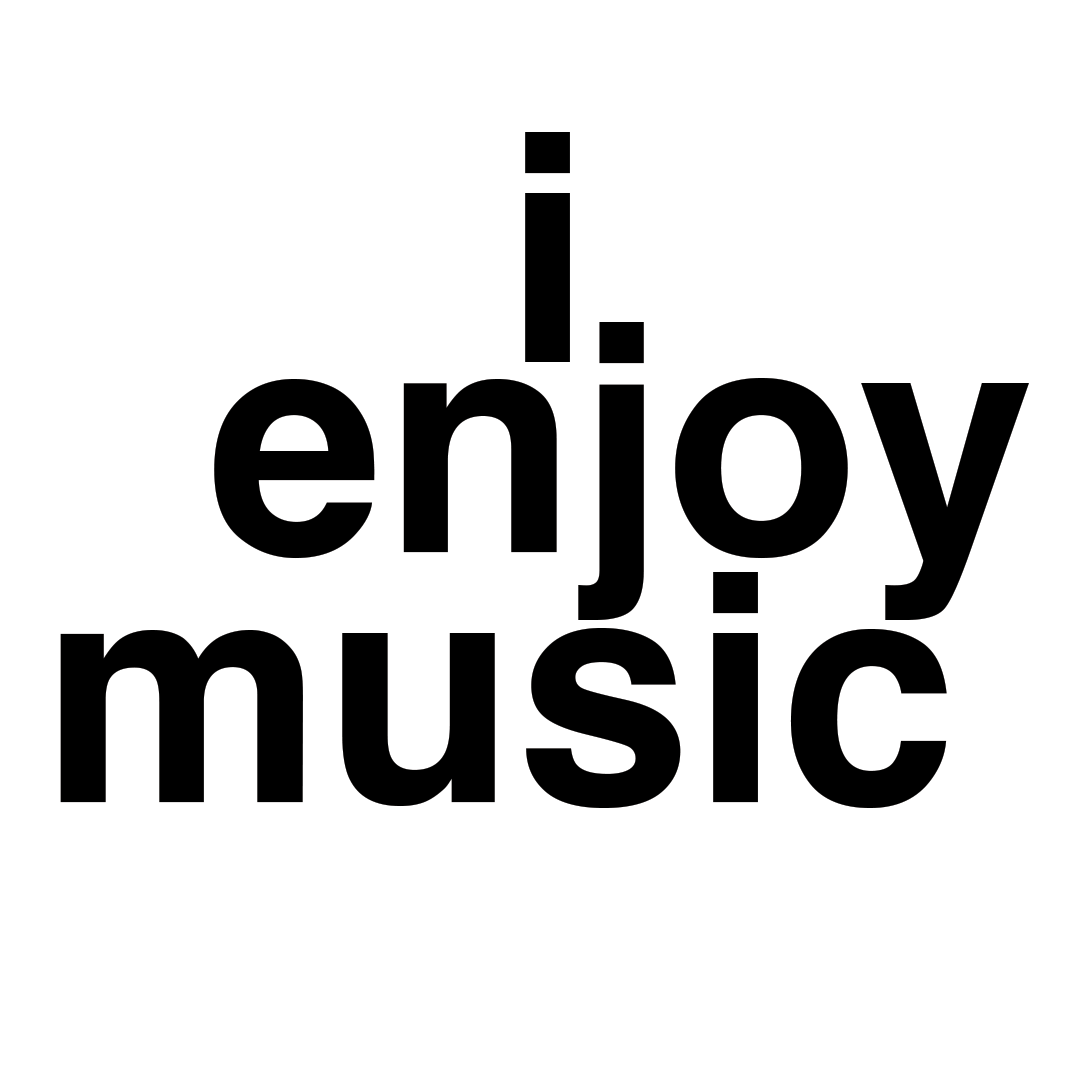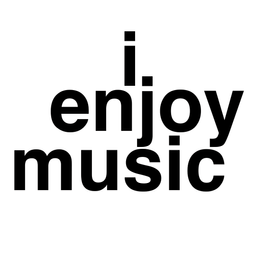a thirtysomething dad faces his pop girl past

Oh shit it's another guest post. Call this blog Miley Cyrus on Black Mirror cuz we are On A Roll. We just had Harlan Talib Ockey delving into a possible 2024 blues rock re-revival...

...now let's hear from Shane Greenberg about his lifetime of fandom of pop music made by women (and at least one legendary not-a-girl-not-yet-a-woman), centered around a trip to see Olivia Rodrigo close out her American GUTS World Tour dates...
love is embarrassing (I Feel Weird)
An I Enjoy Music Guest Post by Shane Greenberg
In 1965, a sixteen-year-old from Luxembourg, France Gall, won the Eurovision Song Contest. The song she sang, “Poupée De Cire, Poupée De Son,” or “A Lonely Singing Doll” as it was released in English, was written by Serge Gainsbourg. Music critics of the time called its sound “baby-pop.”
Gainsbourg continued to pen songs for Gall after the success of “Poupée..,” including “Baby Pop” and “Les sucettes” (“Lollipops”), a song about a young girl named Annie who loves to suck on lollipops until she feels the anis-flavored, sugary filling rush down her throat. The thinly veiled innuendo in the lyric went unnoticed by the young singer, until the song became a hit in France in 1966. Reportedly, Gall hid herself away for weeks after discovering the double meaning. Thus began the long-held tradition of male songwriters embedding explicit themes in songs that were to be sung by young girls.
In the early nineties, my family didn’t get the Disney Channel. It was a premium cable network. We had basic cable. Once a year, though, Disney did broadcast on basic cable, to entice customers to add the channel to their cable package. For a single, solitary week, the channel was available to me. I watched Goof Troop, Darkwing Duck, Chip ‘n’ Dale: Rescue Rangers and The All New Mickey Mouse Club. Britney Spears was my favorite Mouseketeer. I was four years-old. That same year, Kurt Cobain shot himself in the head with a gun he swore he didn’t have.
When her debut single “…Baby One More Time” was released in 1998, I fell in love with pop music. The music video for the song was on constant rotation on MTV, and dominated the Total Request Live countdown, week after week, as did all of the album’s subsequent singles. She was massively popular. She wasn’t just "A Lonely Singing Doll." She was a seventeen-year-old supernova. Chappell Roan was born that year.
Max Martin wrote and co-produced the song in Stockholm, Sweden. Originally offered to and turned down by both TLC and Backstreet Boys, Spears latched onto the song, and rode it into the stratosphere. Within a year of its release, the album was certified Diamond, and sold more than thirty million copies, making it the highest selling album by a teenager. Ever.
In 1999, Martin became the first non-American to be named “Songwriter of the Year,” by the publishing rights organization ASCAP, or the American Society of Composers, Authors and Publishers. A designation he received once again the following year. And the year after that.
Britney Spears was far from the only music I listened to. The year …Baby One More Time was released, I was also listening to “Dammit” by Blink 182 on KROQ. Last month, the band performed as headliners at Lollapalooza. They ended their set with “Dammit," and Blink's singer-bassist Mark Hoppus wove a bit of Chappell Roan’s “Pink Pony Club” into the song. Nü-metal bands like Korn and Limp Bizkit were popular on TRL, too. Alternatives to bubblegum pop were abundant. I liked it all. Hot sauce impresario and Offspring singer Dexter Holland did not. He whacked blow-up doll effigies of Backstreet Boys with a bat on-stage at Woodstock ‘99.
On November 21, 2001, I attended my first concert. My aunt and uncle took my cousins and I to see Britney Spears. They bought me this t-shirt. Spears was nineteen when she took the stage at a sold-out Staples Center in Los Angeles that night. Her third album, Britney, had been released less than a month prior, on Halloween. “I’m a Slave 4 U” was the album’s lead single. “Let me go…and just listen,” she says in the song’s introduction. The video was hot. They’re all sweaty. I was eleven years-old. Halfway through her set, she said "I know people say a lot of things about me for the things that I say and don't say and the clothes that I wear, but I'm not a little girl anymore.”
I’m a dad now. When I hold my nine-month-old son in my arms, and play him “I’m A Slave 4 U,” he smiles whenever he hears the rhythmic panting that recurs throughout the song. It didn’t occur to me until now that maybe Britney was telling us, with a wink and a nod, that she was a slave for us, not a nameless, faceless man in the club. She existed to entertain us. To be sexy and sweaty.
On June 6, 2002, I attended my second concert. My aunt and uncle took my cousins and I to see Britney Spears. They bought me this t-shirt. Spears was twenty when she took the stage at a sold-out Staples Center in Los Angeles that night. Her silver-screen debut, Crossroads, opened in theaters less than four months prior, on February 15, 2002. One year and five days later, Olivia Rodrigo was born.
Both of these concerts were part of the Dream Within a Dream Tour. Spears wrote in her memoir published last year, The Woman In Me, that it was her favorite tour. I loved Britney. My friends and I would argue about who loved her more. I would always win that argument. I had the CDs, DVDs and posters, they didn’t. One is still on the wall of my childhood bedroom. I even swapped allegiances from Coca-Cola to Pepsi when the latter became a sponsor of Britney’s tour. I never felt ashamed or guilty for liking Britney.
Britney received a lot of criticism as she ascended to superstardom. For the way she dressed, the way she spoke, the way she dealt with the trappings of fame, celebrity and all it entails. It seemed as if the American public’s tendency toward myopic cultural critique went full-bore in the early years of her career. They could not understand or grapple with Britney’s effect on children and teenagers. This same phenomenon happened with Elvis, then The Beatles, then KISS. They were men.
What did make me feel shame were the whispers, from the mothers of students at my elementary school, that they couldn’t stand the way Britney danced, and how it had infected their sweet, innocent daughters with the disease of enjoying themselves and having fun. I suppose they thought Britney’s gyrating was graphic. Explicit in a way that young people shouldn’t see. Maybe they were right, but I still felt shame knowing that the adults around me looked at this person I loved and saw something dark and ugly, where I saw beauty and light.
In hindsight, I ask myself if it was weird to have a seventeen-year-old girl on her knees looking up at the camera as the album artwork for …Baby One More Time. It was. Did I think about it as an eight year-old in that way? I did not. Did some Mad Men-style group of marketers at Jive Records decide to use subliminal, suggestive imagery in Britney’s album roll-out, because they decided that “sex sells,” and this is what sex looks like? Probably. Young women have been sold as personal commodities since before selling things was a thing.
I wasn’t naïve to the fact then, nor now, that there was always something manufactured about the presentation of singers in popular music. Britney wasn’t exempt from that manipulation when she was younger, although she did have an undeniable authenticity to her, and still does. Men have mined her for that authenticity her whole life. Bleeding her dry. Harmony Korine tried when he placed Spears’ piano ballad “Everytime” on the soundtrack to his 2013 film Spring Breakers, which had the second-wave Disney stars Selena Gomez (The Wizards of Waverly Place) and Vanessa Hudgens (High School Musical) in its cast.
Taylor Swift’s longtime collaborator Jack Antonoff, who has subsequently worked with everyone from Kendrick Lamar to Lana Del Rey, lost his thirteen-year-old sister to cancer in 2001. His grief manifested itself in various ways over the next half-decade, including a descent into substance abuse. His band Steel Train’s penultimate album, 2007’s Trampoline, was also the last album they released via Drive Thru Records. The lead single from Trampoline was the jerky, jaunty “I Feel Weird.” Antonoff sings in the song “Girl, you're still alive / You're too dead to keep inside / You take the years, you keep it all / I finally think I might be alright.” He had found peace. That December, Steel Train played a show in Hoboken, NJ with Long Island’s As Tall As Lions, Dan Nigro’s band.
fun., the band Antonoff would form alongside The Format’s Nate Ruess in 2009, saw massive crossover success with their sophomore album Some Nights. Maybe Olivia Rodrigo (a third-wave Disney star with a breakthrough role in High School Musical: The Musical: The Series) saw the title track performed on a rerun of Glee.
In 2020, Rodrigo, at seventeen years old, began crafting what would become her debut album, Sour, with Nigro. She wrote the songs. He produced the music. The first song shared from the album was “drivers license,” a piano ballad that catapulted the teenager into pop music royalty almost literally overnight.
The lyrics were refreshingly bare. “I got my driver’s license last week, just like we always talked about.” Thrilling in its ordinary, undressed nature. Devoid of the usual ham-fisted sexual innuendos that have infiltrated songs by young women in pop music for decades, like Camp Rock star Demi Lovato's post-Disney song "Cool For The Summer": "Take me down into your paradise / Don't be scared 'cause I'm your body type..."
A reversal of the themes explored on “…Baby One More Time” and “I’m A Slave 4 U,” Sour sees Rodrigo, in her own words and on her own terms, singing about regret, love lost and desire, without metaphor. It was the first debut album to produce two number-one debuts on the US Billboard Hot 100, and broke the global Spotify record for the biggest opening week for an album by a female artist.
On August 20, 2024, I, a thirty-four-year-old father, went with my wife to see Olivia Rodrigo and '90s alternative rockers The Breeders in concert. Rodrigo was twenty-one when she took the stage at a sold-out IntuitDome in Los Angeles that night. I bought myself this t-shirt. I remarked on the drive to the venue that I had a feeling Chappell Roan might make a surprise appearance during the concert. Nigro also produced Roan’s debut album, The Rise and Fall of a Midwest Princess, in the same studio he recorded both of Rodrigo’s albums.
Roan, without a Disney credit to her name, is in many ways the polar opposite of Rodrigo. A hypersexual pop maximalist whose rise to fame was a slow burn, following a trickle of singles beginning over two years ago. “Red Wine Supernova,” a pastiche of bubble gum and '80s style synth-pop, is colored with a booming, syncopated acoustic guitar, electronic drums and bass, while Roan sings about sex toys: “I hear you like magic / I’ve got a wand a rabbit / So baby, let's get freaky, get kinky / Let's make this bed get squeaky.”
When I hold my nine-month-old son in my arms, and play him Roan’s “HOT TO GO!,” he smiles whenever I lift his tiny hands and spell H-O-T-T-O-G-O in the Y.M.C.A.-style dance from the song’s music video. Over the course of the summer, due in part to videos of Roan’s massive crowds at festivals around the world doing the dance in unison, the song has taken on a second life a year after its release.
As we crossed the pedestrian bridge from the parking lot to the arena’s courtyard, “Toxic” by Britney Spears blasted out of the speakers next to a KIIS FM DJ in the plaza, where young girls and their parents stood in winding, wrap-around lines to buy Olivia Rodrigo merchandise.
“Too high, can't come down / Losing my head, spinnin' 'round and 'round / Do you feel me now?”
Magic.
I saw no less than three older gentlemen with their daughters wearing shirts that read “It’s a Dad Idea Right?” The crowd was younger than I was expecting it to be. Eight-year-olds holding butterfly-shaped, lilac-colored tote bags, and wearing sashes emblazoned with Rodrigo’s song titles on them: “all-american bitch,” “pretty isn’t pretty,” “vampire” and “teenage dream.” I remarked to my wife that it reminded me of the photograph on the album cover of Hole’s Live Through This, which itself reminds me of the photograph on the album cover of Roan’s The Rise and Fall of a Midwest Princess.
We got to our seats to watch The Breeders perform. The arena looked to be 5% full when they took the stage. The band’s Kim Deal—former member of one of Courtney Love’s late-husband’s favorite bands, Pixies—seemed genuinely thrilled to be playing. They covered “Gigantic” by her former band. It felt apropos.
When they finished playing, the massive screen behind them filled with a display of candles ablaze. The wax dripped and melted. “Lust For Life” by the band Girls plays over the arena’s sound system. Christopher Owens sings “…now I'm just crazy / I'm totally mad / Yeah, I'm just crazy / I'm fucked in the head.” Followed by The Runaways’ “Cherry Bomb” into Blur’s “Girls & Boys” and, finally, into Fiona Apple’s “Sleep to Dream.” The candles almost entirely melted now.
“I say tell me the truth but you don't dare / You say love is a hell you cannot bear.”
The arena is 95% full. The last flame is extinguished. Lights go out. Rodrigo takes the stage. It’s the loudest crowd I’ve ever heard. There’s a young girl behind me screaming her head off, standing on her seat. She reminded me of myself at my first concert.
“Do you get déjà vu?”
Rodrigo’s all-girl band are ripping. She says “fuck” a lot. The girls in the crowd and their parents don’t care. Rodrigo sits down at a piano early on in the show and begins to play “drivers license.” I try to wipe the tears streaming down my face but decide to let them fall. Luminescent cartoon stars are lowered from the ceiling, and the singer sits on a glowing crescent moon as she floats through the audience. It's stunning.
As a new parent, it's been fascinating to begin to see the world through my child’s eyes. To see everything for the first time all over again. I think the cartoon stars hanging in the arena are the only real stars I've ever seen.
She introduces Chappell Roan halfway through the concert as a special guest to perform “HOT TO GO!” In the set-up to the song, they teach the arena the dance, but their voices are drowned out by the screams of the crowd. Rodrigo and Roan trade verses, melding their clashing sensibilities into a pop-rock orgy. When they reach the chorus, the release is ecstatic. Arms in the air.
“Snap and clap and touch your toes / Raise your hands, now body roll / Dance it out, you're hot to go.”
Rodrigo closes the show with “get him back!,” a standout track from GUTS, her second album that was released less than a year ago. Beyond the double-entendre of the song’s title, the punchline comes via the subverting of expectations in the lyrical refrain “I want to kiss his face…with an uppercut. / I want to meet his mom…and tell her her son sucks.” Neat trick. I can’t help but think that she got him back. The Man. I’m headbanging so hard my forehead hits a glass barrier in front of me and I am gushing blood.
“I'm just crazy / I'm fucked in the head.” “Losing my head, spinnin' 'round and 'round.” “You take the years, you keep it all.” “I hear you like magic. / I’ve got a wand and a rabbit.”
My wife and I walk the stairs to the terrace level of the arena. She runs to the restroom to get paper towels for me to wipe the blood off my face. While sitting on the ground, dizzy, I think about pop music. love is embarrassing. I feel weird.
Shane Greenberg is a writer and music publicist living in Los Angeles with his wife and son. He has done PR for Phoebe Bridgers, Say Anything, Underoath, All-American Rejects, Better Oblivion Community Center, and many others.





